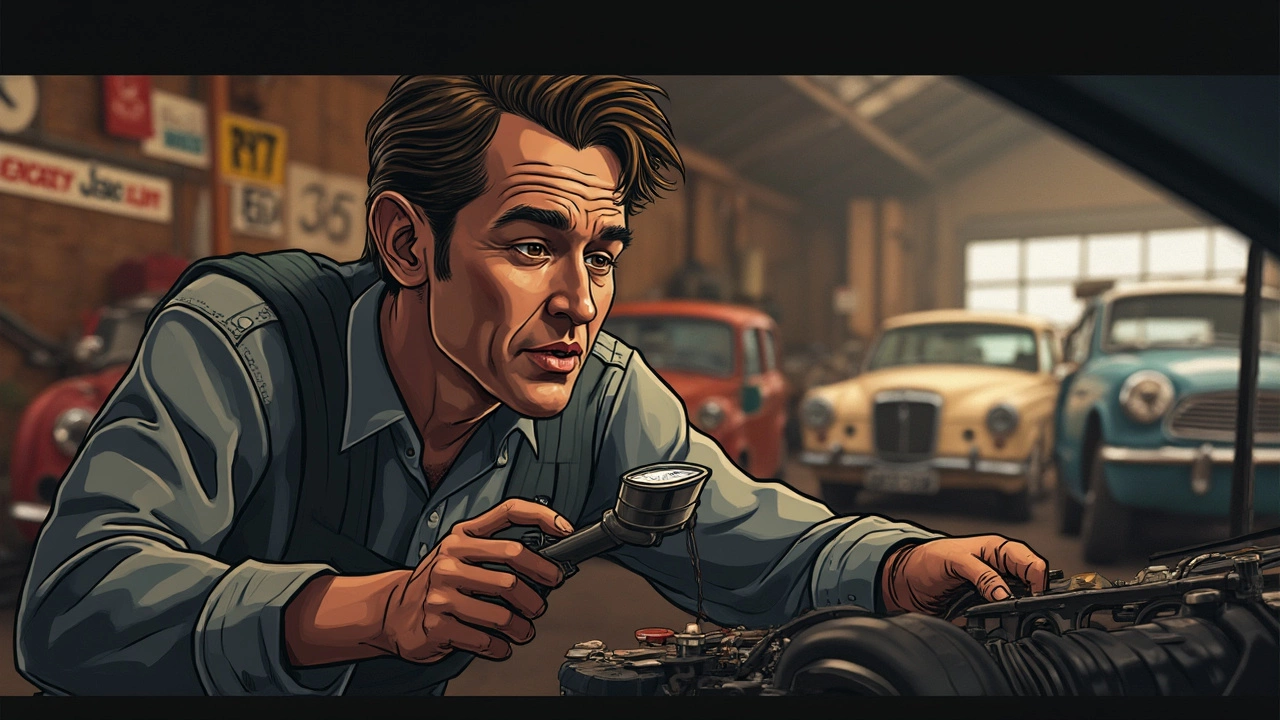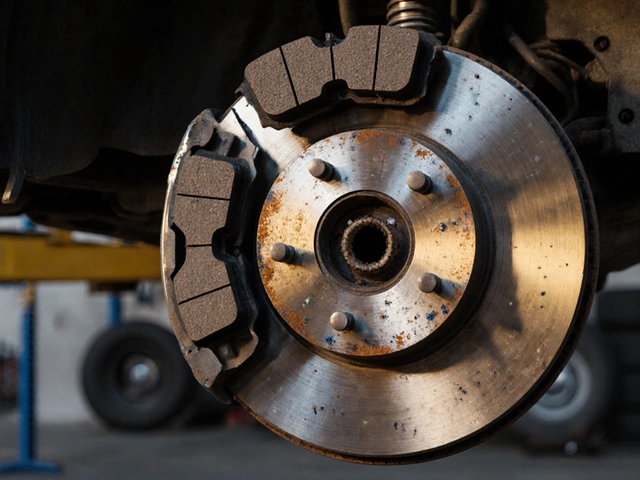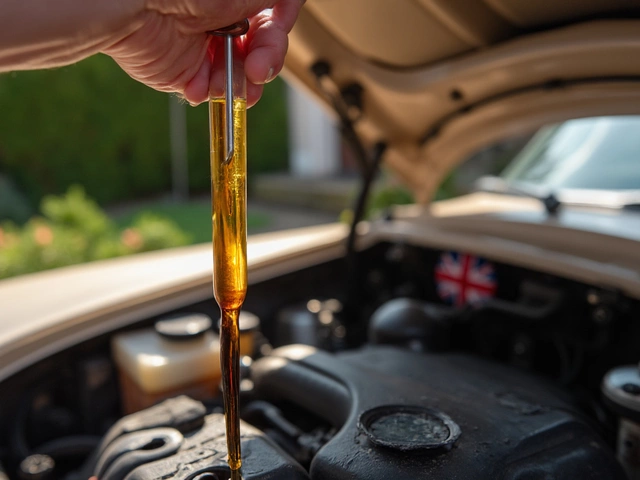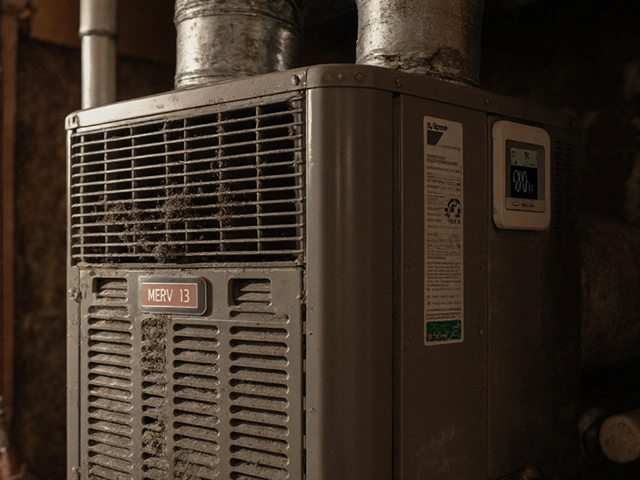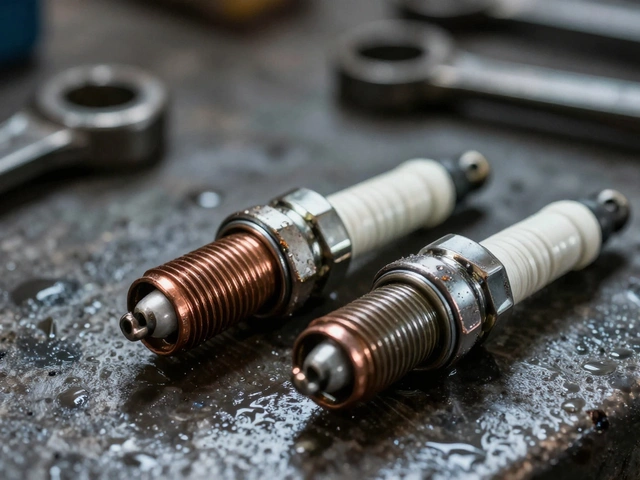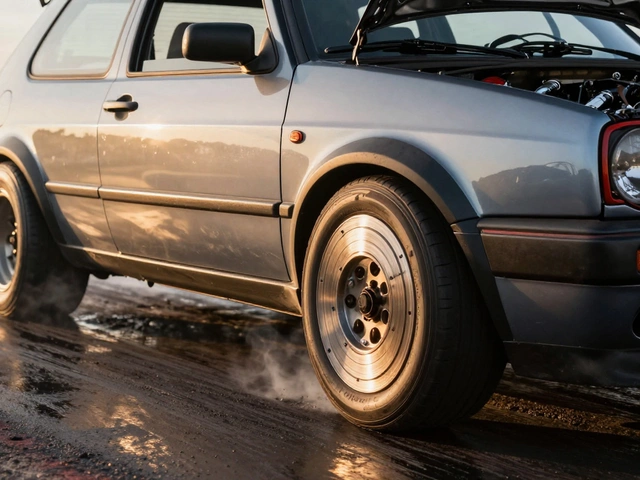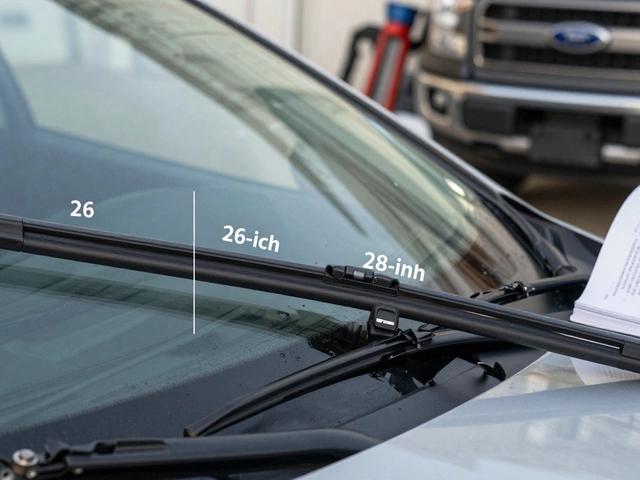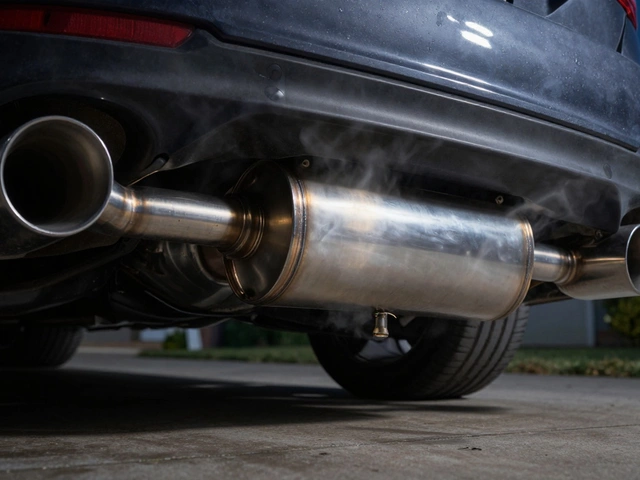Ever heard a strange noise coming from your car and thought, 'What on earth was that?' Well, if it's coming from the clutch area, it might be your flywheel trying to talk to you. But what exactly does a bad flywheel sound like?
A bad flywheel typically makes a few distinct noises, each with its own rhythm. If you hear persistent clunking or a rhythmic thumping, it's time to pay attention. Click-clack noises during idling or rattling when engaging the clutch could be the flywheel showing signs of trouble.
Ignoring these sounds doesn't just lead to more noise—over time, it can result in expensive repairs. The flywheel is an essential part of the clutch system, smoothing engine vibrations and ensuring a seamless drive. When it starts failing, the warning noises won't fix themselves. Want to prevent a bigger wallet-ache? Listen closely and take action sooner rather than later.
- Understanding Flywheel Basics
- Common Noises from a Bad Flywheel
- Why These Noises Occur
- Steps to Take if You Hear Flywheel Noise
Understanding Flywheel Basics
If you’re curious about what keeps your car running smoothly, the flywheel is an unsung hero in your vehicle’s system. But what exactly does it do? Simply put, it's a crucial part of the clutch mechanism. This heavy wheel is attached to the crankshaft, and its main job is to store rotational energy.
Let's dig a bit deeper. The flywheel has to maintain momentum, especially when you're switching gears. This helps in reducing vibrations from the engine, making your drive as smooth as possible. It's also instrumental during the start-up process, providing energy to turn over the engine.
Why is the Flywheel Important?
Good question! Without the flywheel, your engine would face a rough time balancing speed and power. Think of it like a stabilizing force—it ensures energy transitions without hiccups. Every time you hit or release the clutch, your flywheel is there quietly making sure everything goes smoothly.
Not just that, in manual transmissions, a healthy flywheel will help your clutch stay in tip-top shape, reducing wear and tear.
What Materials Are Flywheels Made From?
Usually, they’re made from cast iron or steel. Some performance-driven vehicles go for lighter options like aluminum for quicker response times. While iron flywheels are heavy and robust, they offer excellent torque control. Steel or aluminum, on the other hand, might mean less weight with some compromise on torque.
Here’s a fun tidbit: Did you know some racing cars use carbon flywheels for maximum performance? While not exactly what you’d see in everyday cars, it shows just how versatile this part can be!
Understanding these basics sets the stage for diagnosing problems such as those pesky flywheel noise issues we discussed earlier. Ready to tackle any rattles or clunks? Knowing the foundation is always a great first step!
Common Noises from a Bad Flywheel
When your car's flywheel goes rogue, it usually alerts you with some pretty distinct noises. Understanding these sounds can save you from hefty repair bills down the line. So, what exactly should you be listening for?
1. Clunking and Thumping
One of the first signs of a bad flywheel is often an annoying clunking or thumping noise. This usually happens when you're idling or at low speeds. The noise stems from the flywheel being whole or partially damaged, causing uneven contact with other clutch components.
2. The Distinctive Rattling
Rattling noises, especially when you engage or disengage the clutch, are another common sign. This can point to loose components within the clutch kit. A failing flywheel can lead to a loss of balance, and rather than spinning smoothly, it begins to vibrate, creating that familiar rattle.
3. Grinding and Squealing
If you hear grinding or squealing, it might mean the flywheel teeth are damaged. This issue often rears its head during startup when the starter motor engages with the flywheel. While those noises can be part of normal car aging, persistent grinding suggests more serious wear and tear.
When to Really Worry
- Continuous clicking sounds, especially under the hood, often signal a problem with the flywheel engaging correctly with the starter motor.
- If you experience gears slipping alongside noises, your flywheel might be struggling, and it's time for a check-up.
- Odd vibrations paired with noise at high speeds are another red flag, indicating imbalances threatening the entire clutch system.
Spotting these signs early can prevent hefty repair costs and keep you cruising smoothly without hiccups.

Why These Noises Occur
So, what's behind the odd noises from a bad flywheel? Basically, it comes down to wear and tear, poor installation, or even manufacturing defects. Let's break it down.
Wear and Tear
Over time, multiple factors contribute to wear and tear on the flywheel. If you've got high mileage, it's not unusual for your flywheel to wear out. Regular friction from the clutch can lead to surface damage, causing vibrations and consequently the noises you hear.
Poor Installation
Believe it or not, the way a flywheel is installed has a huge impact. If it's not aligned correctly during installation, it'll create some weird vibrations. These vibrations are often behind the clicking or rattling sounds. So, next time you're at the garage, make sure they know their stuff.
Manufacturing Defects
Sometimes, it's not the car but the part itself that's at fault. A defective flywheel right from the factory will inevitably cause issues. If the material or design isn't up to scratch, it might fail early, often showing up as strange noises.
Temperature and Pressure Impact
If you've ever wondered how heat impacts a flywheel, here's the lowdown. High temperatures can cause the metal to expand and contract, affecting its integrity over time. Pressure from regular clutch engagement amplifies this wear, leading to those pesky noises.
Understanding these reasons helps in spotting and fixing the problem quicker. Remember, the sooner you address the flywheel issue, the less you'll have to spend on costly repairs down the line.
Steps to Take if You Hear Flywheel Noise
So, you've heard some unsettling sounds from your car's clutch area, and it’s got you worried. It's time to take action before things get worse. Here's what you can do to handle those ominous flywheel noises.
1. Confirm the Source
First things first, make sure it's really the flywheel that’s making the noise. While it’s common for flywheels to cause noises, clutches or gearboxes might be the real culprits. A qualified mechanic can help here—sometimes DIY just doesn’t cut it.
2. Get a Professional Diagnosis
Before jumping to conclusions, have a professional diagnostic check. Mechanics often use a stethoscope-like tool to pinpoint where the sound originates. This might set you back a few quid, but it’s better than guesstimating and replacing the wrong part.
3. Assess the Damage
Once confirmed, it’s time to evaluate. If it’s a minor wear-and-tear issue causing the clunking or rattling, you might be facing a simple resurfacing job. But if it’s deeply damaged, replacement could be the only option.
4. Consider Your Options
Here’s where choices come into play. Do you go for a new flywheel or a used one? New ones are pricier but come without the risk of previous damage. Whatever you decide, always ensure the flywheel is compatible with your vehicle model.
5. Monitor for Further Issues
Even with a new or fixed flywheel, keep your ears open for any unusual noises. Sometimes other parts of the clutch assembly, like the pressure plate, might develop their own issues. Regular check-ups can help catch these early.
Remember, dealing with flywheel problems earlier can save you from headaches and hefty bills. Pay attention to those warning signs, and your car will thank you with a smoother, quieter ride.
